Sheryl Sandberg’s new job is to fix Facebook’s reputation—and her own
Amid the storm of controversy, Sheryl Sandberg has been asked to lean in to a problem she probably helped create.
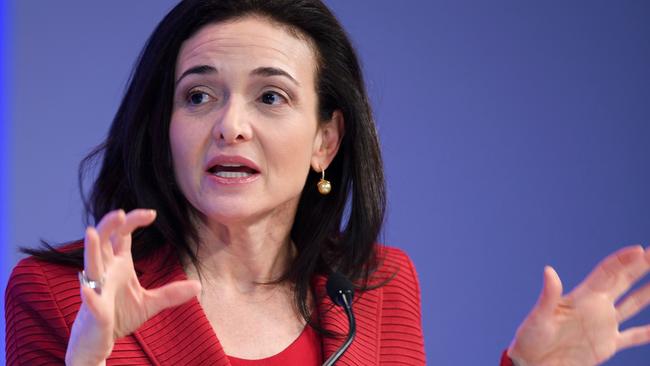
Facebook chief operating officer Sheryl Sandberg was the architect of a business strategy that built the social network from a fast-growing but wobbly start-up into a global advertising juggernaut with a market value of more than half a trillion dollars.
But during five nightmarish days in March, she and her communications team couldn’t figure out how to address the public’s mounting outrage over allegations that political firm Cambridge Analytica had improperly accessed data on tens of millions of Facebook users. While anger grew, she and Chief Executive Mark Zuckerberg remained silent.
Ms Sandberg has told people the delayed response was one of the company’s biggest mistakes ever. But not the only one.
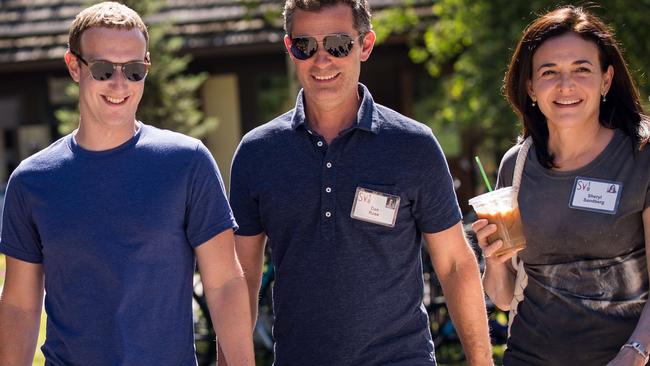
While the technology platform designed and overseen by Mr Zuckerberg is also to blame for some of Facebook’s challenges of late, units under Ms Sandberg’s control failed to respond to mounting signs of trouble, including evidence that Russia interfered in the election and the growing use of fake news to stir violence and harm overseas, according to a number of current and former employees.
Now Ms Sandberg must fix the mistakes. Urged by his board to be more proactive, Mr Zuckerberg quietly asked her to lead the company’s efforts to identify and prevent future blow-ups on the platform. The new job, insiders say, is at least as challenging as the company’s transition to mobile several years ago, which was late and rocky. Ms Sandberg’s role is likely to be complex, expensive and thankless, people close to the company say, with any failures very public.
Ms Sandberg will face her first extended questioning about many of the issues surrounding Facebook on Wednesday, when she is scheduled to testify on Capitol Hill about matters regarding foreign interference.
Many former and current executives believe Ms Sandberg’s internal standing was hurt by the company’s lack of preparedness for its cascading crises over the past two years, including the proliferation of misinformation and hate speech on the platform and a number of flubs around data privacy. So does David Kirkpatrick, CEO of New York-based Techonomy Media and author of a 2010 book, “The Facebook Effect,” who says that by all appearances Ms Sandberg’s role has weakened in the past several years.
“Mark has found himself forced to step up to deal with things he wouldn’t otherwise want to pay attention to,” Mr Kirkpatrick said. He called the firm’s public relations efforts “a rolling multiyear disaster.” When Ms Sandberg went unmentioned in a major reshuffling of Mr Zuckerberg’s top product executives in May, the moves caused former employees and executives to speculate that she had been displaced as the second-most-powerful figure by Chris Cox, a close friend of Mr Zuckerberg, who had been elevated to a new role in charge of all the company’s apps, including Facebook, WhatsApp and Instagram.
A spokesperson for Facebook said Mr Cox strongly disagrees with this perception and noted the two have worked closely together for years.
“These are not Sheryl people, with a few exceptions,” a former Facebook executive said of the management shuffle at the time. “It’s almost like he’s taking control back through redeploying his lieutenants,” the former executive added of Mr Zuckerberg.
Meanwhile, at a company where departures are uncommon, five senior executives on Ms Sandberg’s leadership team have said in recent months they are leaving. Those include general counsel Colin Stretch, policy chief Elliot Schrage and security head Alex Stamos, all of whom reported up through Ms Sandberg.
People close to Facebook say the perception that her influence has lessened isn’t true.
Ms Sandberg’s new role, which she takes on in addition to her other duties, makes her of critical importance to Mr Zuckerberg, these people say. Few others at Facebook are positioned to figure out how to get on top of its problems, let alone pre-empt them. The assignment comes as Facebook’s board has urged Mr Zuckerberg to get control of its challenges, according to a person familiar with the situation. Facebook’s directors and other outside advisers told the CEO the company needed to put a top executive in charge of coordinating a response, that person said. That advice helped prompt Ms Sandberg’s new role.
In a statement, Ms Sandberg said she is committed to Facebook. “Ten years ago I joined Facebook because I believed in Mark’s vision for the good that can come from connecting people, and I still feel that way,” she said. “Yes, we face real challenges and we have a lot of work to do to address them. But I can’t imagine doing anything else.” Ms Sandberg started at Facebook when Mr Zuckerberg was 23 years old and famously green as a corporate executive. A former Google executive, she became the company’s business strategist and resident grown-up, with direct responsibility for advertising sales, legal and policy issues. This allowed Mr Zuckerberg to focus on engineering challenges.
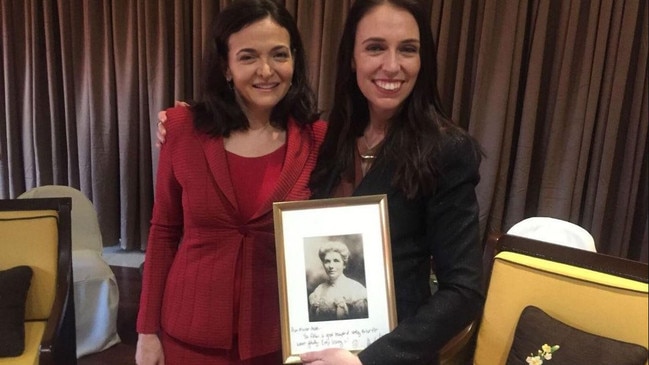
The business grew up that way - in two parallel parts. While senior leaders worked collaboratively, Mr Zuckerberg and Ms Sandberg effectively ran two separate businesses that share the same campus, according to a number of current and former employees. “The Sheryl world and Mark’s world of all the technical stuff are operated very differently and at very different paces,” says one person who has worked closely with them.
Mr Zuckerberg’s organisation is the technology engine of the company, filled with engineering buddies who have his ear and, for better or worse, are empowered to move quickly and messily. Ms Sandberg is by nature more methodical and cautious, hosting numerous meetings as her team calibrates the impact of potential policy changes and business decisions.
The company as a whole, including Mr Zuckerberg’s team, was for years focused primarily on growth and developing new products, rather than safety and security. Last year, Mr Zuckerberg said that was his responsibility and that he is moving to fix the imbalance.
Sue Desmond-Hellmann, a Facebook board member and CEO of the Bill & Melinda Gates Foundation, says Ms Sandberg is an “exceptional business executive.” Yet she wouldn’t have had all of the power to solve the problems that were surfacing at the company, she adds.
“Even though it is a great partnership, I will say there’s a material difference between being CEO and being COO,” says Dr Desmond-Hellmann, former president of the biotech firm Genentech. “While they both discuss priorities, ultimately Mark makes the calls on personnel allocation - not just how much to spend but what percentage of the engineering staff works on things as well.” Ms Sandberg became a feminist icon by encouraging women to “lean in” and not shy away from daunting workplace challenges. As she steered Facebook’s torrid growth - its 2017 net income was more than $US15 billion - she raised two children, wrote two best-selling books, gave commencement speeches and TED Talks, and was a regular at Davos and Allen & Co.’s Sun Valley Conference.
Lists of lists
A compulsive organiser, Ms Sandberg manages her packed schedule of Facebook, family and book-writing in part by making “to-do-lists of to-do-lists of to-do-lists” says psychologist Adam Grant, who co-wrote a book, called “Option B,” with her.
Over 20 years of working together, “she has gone through I don’t know how many thousands of these little notebooks that fit nicely in the palm of your hand,” says David Fischer, Facebook’s vice president for business and marketing partnerships. “She has lists for each person as well as herself so when I go in and have my one-on-one with her later today, she will flip to my name and there will be a set of issues. It’s effective.” During the Cambridge Analytica crisis, Ms Sandberg worked through the weekends and school functions. During the depths of the crisis, her daughter starred in a school musical, according to people familiar with her schedule. Ms Sandberg was seen pacing the courtyard during intermission on conference calls as the company struggled to contain the growing controversy.
Some current and former executives say that as Facebook’s reach and influence expanded, her deliberate management style made it difficult to resolve issues and bring them to a close and at times obscured the big picture.
“Bad actors, pornography, racist content, sexist content and concerns about new ad products and privacy. None of this stuff is new,” recalls one former employee who was in the meetings.
Some current and former employees have asked whether Ms Sandberg’s outside activities proved a distraction when Facebook’s challenges hit. Her first best-seller “Lean In,” which in 2013 Oprah Winfrey called “a manifesto for women in the workplace,” spawned a foundation and a thriving speaking career. After the sudden death of her husband in 2015, SurveyMonkey CEO Dave Goldberg, she turned her journals about the death into “Option B,” which was published in April 2017.
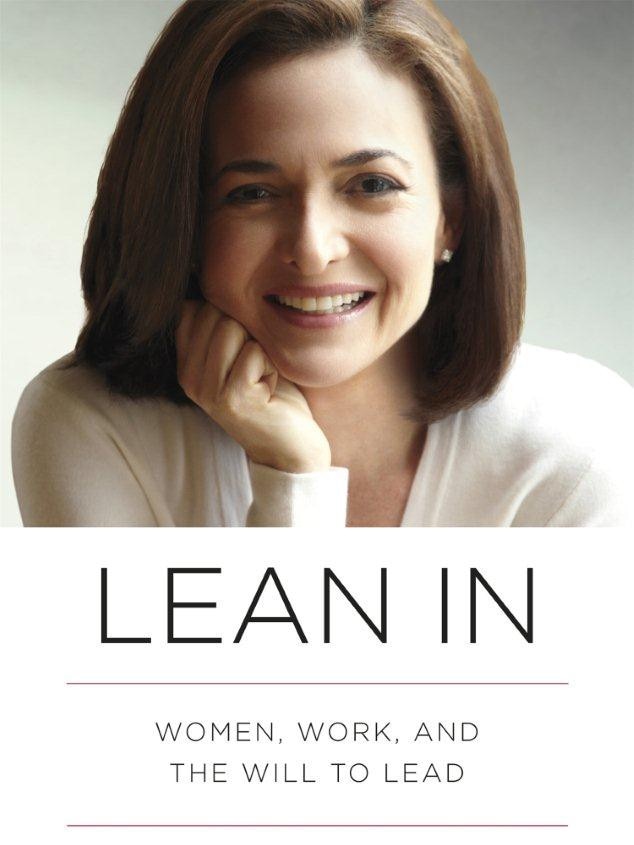
The book got a big publicity push through much of 2017, adding trips to places like Houston, Cleveland, and Durham, North Carolina. She recorded interviews with Oprah, Stephen Colbert and Ellen DeGeneres. Mr Zuckerberg was away a lot too that year, fulfilling the personal goal he’d set to visit 30 US states he’d never seen before.
This was a time when Facebook’s problems were intensifying. Among other things, Facebook’s security team was uncovering more evidence of additional Russian interference on the platform; legislators were increasingly frustrated with the social media giant and hate speech was fuelling more violence overseas.
Stephen Miles, a management consultant who has written about CEO-COO teams, declined to discuss Facebook specifically but said it is unusual for a chief operating officer to have outside obligations. “In a company where the founder is typically the visionary, the chief operating officer is a day-in, day-out job, where every day you are looking for yellow flags,” he said. “It is not a remote-control job.” People close to Ms Sandberg strongly dispute the suggestion that she was distracted and say she scheduled her book tour around her work obligations. “A lot of CEOs play golf,” says Mr Grant. “Her work is Facebook. Her book was squeezed in as a hobby.” Many employees also said the book boosted morale within Facebook. The company expanded its bereavement leave after Mr Goldberg’s death, which many employees have said they appreciated and considered a positive response to the tragedy.
By then, an important issue had bubbled up in a business under Ms Sandberg that wasn’t initially elevated to Mr Zuckerberg’s attention.
Fake news
Mr Stamos, the security chief, began raising alarms in the summer of 2016 about Russian interference, according to a person familiar with the situation.
His team had identified Russian state-sponsored activity on Facebook’s platform, although it had yet to link it to fake-news accounts that were already active on Facebook.
Internally, however, Facebook staffers were aware of fake news operations run out of Macedonia looking to make money from advertising. But the issue got bogged down between the policy team, which had no rules for fighting and disabling fake news accounts, and Facebook lawyers who were reluctant to do anything that smacked of trying to influence the election, the person said.
After the 2016 election, when Mr Zuckerberg remarked that it was “pretty crazy” to think that the outcome might have been influenced by fake news, the security team realised its warnings hadn’t got to the engineering side of the company and that the CEO hadn’t been briefed. It couldn’t be learned if Ms Sandberg herself had been notified of the concerns.
In December 2016, Mr Stamos circumvented the bureaucracy by sending a report to a wider group of Facebook executives, including Mr Zuckerberg. The team began getting the resources it needed to solve the problem, the person familiar with the situation said, and Mr Zuckerberg later said he regretted his initial remarks about fake news.
Months later, Facebook disclosed that Russian-backed agents had bought Facebook ads and shared misinformation on the platform.
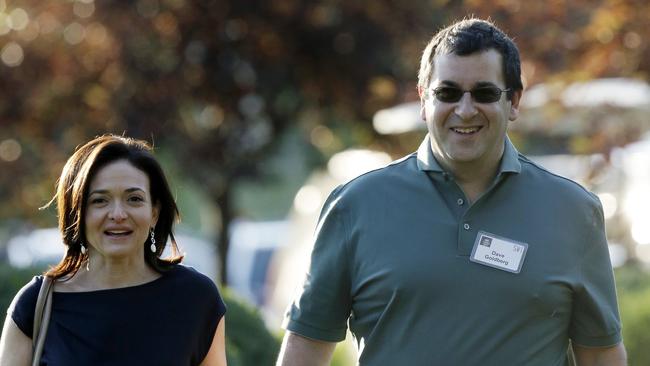
In early 2018, almost all of the 127-member security team were shifted over to Mr Zuckerberg’s side of the house, a move that reflected Facebook’s maturing approach to security, Mr Stamos said. “The product organisation is taking responsibility for the negative consequences of the product decisions they make,” he said.
The Russia findings sparked congressional hearings and user backlash, and forced Facebook to start investing more heavily in securing its platform. The uproar over Cambridge Analytica in March kicked that process into high gear, according to people close to the company.
Now, Ms Sandberg’s mandate is to spend a majority of her time on safety and security vulnerabilities. She formed a SWAT team to do what she and other Facebookers had struggled with when faced with a crisis: bridge the gap between the technical and business sides of the company to act decisively. The new team makes recommendations to the group of Facebook’s top executives that meet every Friday -- known internally as the M-team -- with Ms Sandberg running the show, according to a person familiar with the operations. The shift “from reactive to proactive detection is a big change,” Mr Zuckerberg said in August.
Many of the changes that are being put in place to clean up the Facebook platform will be expensive and could have an impact on growth, putting a brake on the ad-revenue machine that Ms Sandberg built. In July, when Facebook reported that a surprise slowdown in revenue growth for the second quarter was likely to continue along with an unexpected increase in costs for security and privacy, investors shaved almost $US120 billion in value from the company’s valuation - the biggest one-day loss ever for a US listed company.
Dow Jones

